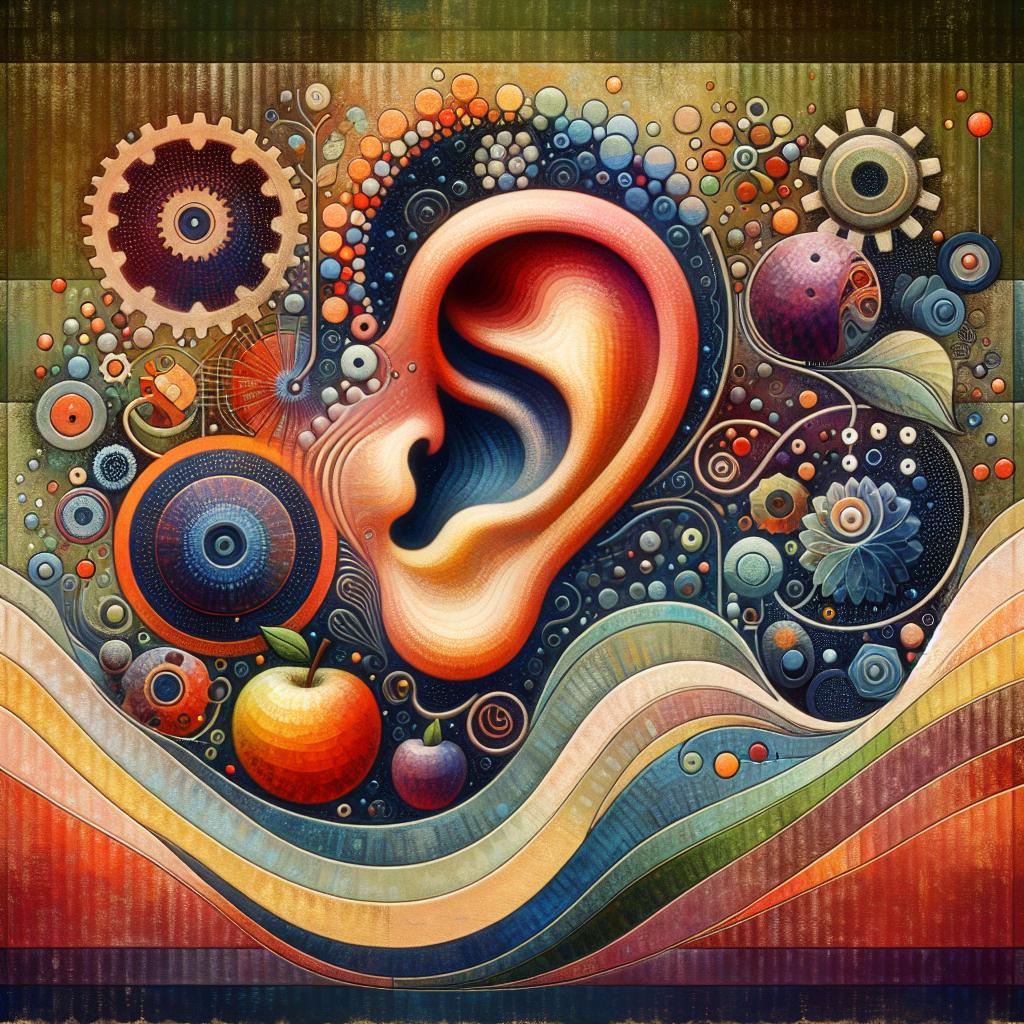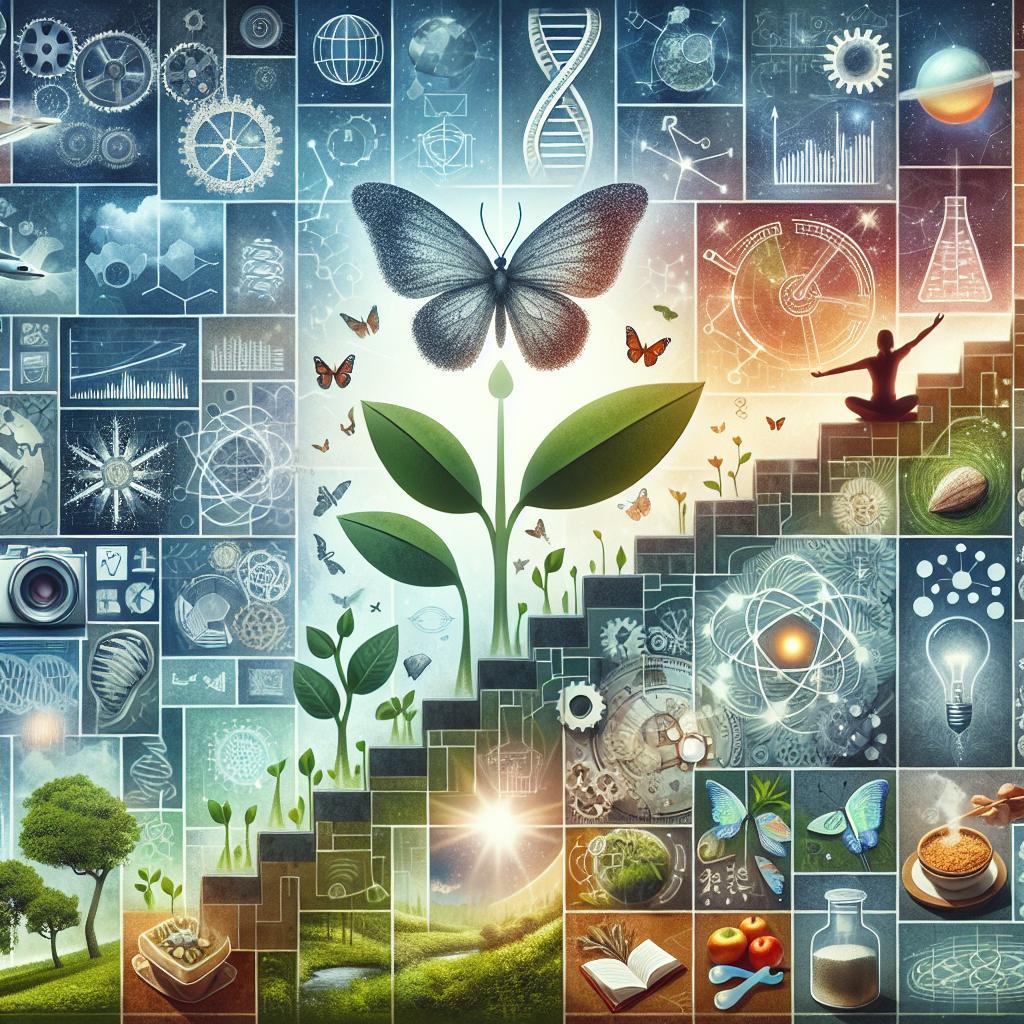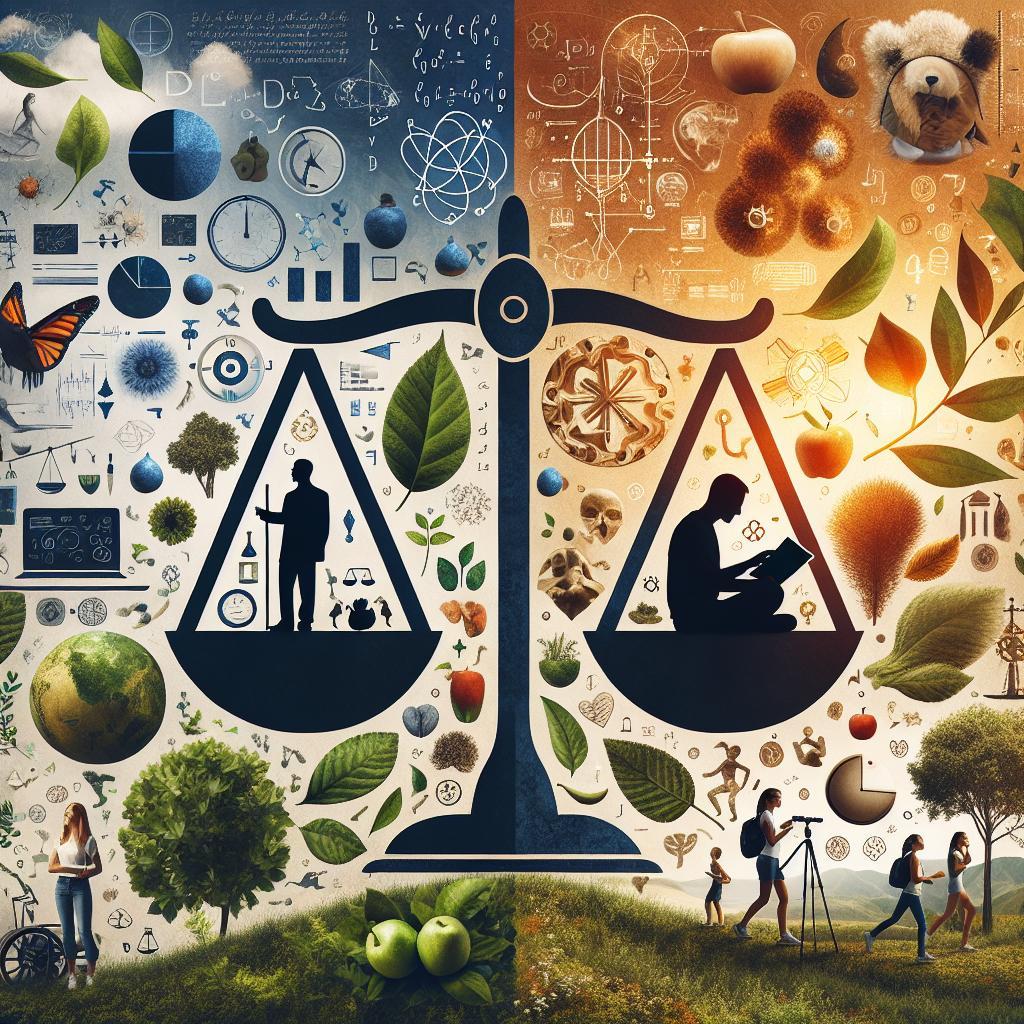Effective Communication Skills

In a world where information flows at the speed of light and first impressions are often made through a screen, the art of effective communication has never been more crucial. Picture yourself in a bustling city where the din of conversations merges with the hum of technology, creating a symphony of human interaction. It’s within this cacophony that the power of clear and concise communication emerges as a beacon, guiding us through personal relationships, professional endeavors, and everyday engagements. This article delves into the essence of effective communication skills, unveiling the secrets to not just being heard, but understood. Join us as we explore the fundamental techniques that bridge the gap between words and meaning, ensuring your message resonates with precision and clarity.
Table of Contents
- Mastering Non-Verbal Cues
- Crafting Clear and Concise Messages
- Active Listening for Deeper Understanding
- Building Empathy and Emotional Intelligence
- Navigating Difficult Conversations
- Harnessing the Power of Feedback
- Q&A
- Final Thoughts

Mastering Non-Verbal Cues
Non-verbal communication speaks volumes beyond words, and mastering these cues can greatly enhance your interpersonal interactions. Eye contact can convey confidence and sincerity, while a lack of it might suggest disinterest or discomfort. Pay close attention to facial expressions; a genuine smile or a furrowed brow can communicate complex emotions instantly. Additionally, understand that posture matters—a straight, open stance often signals confidence and openness, whereas crossed arms may indicate defensiveness. Gestures are equally powerful; use them to emphasize points but be wary of distracting movements.
Consider the cultural context of non-verbal cues. What may be a positive gesture in one culture could be misinterpreted in another. For example:
| Gesture | Meaning (Culture A) | Meaning (Culture B) |
|---|---|---|
| Thumbs Up | Approval | Offensive |
| Direct Eye Contact | Confidence | Confrontation |
Becoming adept at reading body language and controlling your own signals can make you a more effective communicator. Remember, your tone of voice—its pitch, speed, and volume—is also a crucial non-verbal element. Pay attention to these subtle yet impactful forms of communication to build more meaningful connections.

Crafting Clear and Concise Messages
Creating messages that are both clear and concise hinges on a few key principles. First and foremost, understand the core idea you want to convey. What is the primary takeaway for your audience? Once you have pinpointed this, strip away any superfluous information to keep the message lean yet comprehensive. Employing active voice can also enhance clarity, making sentences more direct and easier to understand. To further aid in comprehension, use bullet points or lists for complex information, which can break down content into digestible pieces.
- Identify the main point
- Avoid unnecessary details
- Use active voice
- Leverage bullet points for clarity
Visual aids can also significantly enhance message clarity. Consider incorporating a table to organize information succinctly, as shown below. Tables help in presenting data and comparisons in an easily digestible format:
| Component | Description |
|---|---|
| Main Idea | The central point of your message |
| Supporting Details | Essential information that backs up the main idea |
| Visual Aids | Graphs, images, or tables used to enhance understanding |

Active Listening for Deeper Understanding
Deepening your understanding during conversations involves more than just hearing words; it requires active listening. This means fully concentrating, understanding, responding, and remembering what is being said. To master this skill, consider the following essential techniques:
- Maintain Eye Contact: This signals to the speaker that you are truly engaged.
- Show Empathy: Try to understand the emotions behind the words being spoken.
- Ask Open-Ended Questions: Encourage elaboration and detail to gain a deeper insight.
- Give Feedback: Reflect back what you heard to confirm understanding.
- Avoid Interrupting: Let the speaker finish their thoughts completely before you respond.
Beyond these techniques, active listening also involves recognizing non-verbal cues such as body language, tone, and pauses. These subtler forms of communication can reveal much about the speaker’s true feelings and intentions. Consider the following aspects to enhance your comprehension:
| Non-Verbal Cues | Indications |
|---|---|
| Facial Expressions | Emotional State |
| Tone of Voice | Level of Enthusiasm or Concern |
| Gestures | Emphasis on Points |
| Posture | Comfort or Discomfort |

Building Empathy and Emotional Intelligence
Empathy and emotional intelligence form the backbone of effective communication. When we actively listen, we create a space where others feel heard and valued. This involves not just hearing words but capturing the emotions behind them. Observing body language, tone, and facial expressions provides rich information that verbal exchanges alone may not. Genuine empathy bridges gaps in understanding and helps in navigating delicate conversations where emotions run high.
- Active listening: Focus fully on the speaker.
- Non-verbal cues: Maintain eye contact, nod, and use open body language.
- Reflective responses: Paraphrase or summarize to show comprehension.
| Skill | Benefit |
|---|---|
| Empathy | Builds trust |
| Emotional Intelligence | Enhances collaboration |
Moreover, strengthening emotional intelligence helps us regulate our own emotions and respond to others more effectively. When faced with a tense situation, take a moment to breathe and assess your feelings. Self-awareness and self-regulation are key components that allow us to approach conflicts with a clear, composed mindset. Cultivating these abilities not only improves personal interactions but also fortifies professional relationships, paving the way for a more cohesive and harmonious environment.

Navigating Difficult Conversations
Engaging in challenging dialogues often requires a delicate touch combined with strategic communication techniques. Begin by creating a safe space for open discussion. Utilize active listening to demonstrate empathy, which can diffuse tension and foster mutual respect. Here are a few essential practices:
- Paraphrase and reflect: Reiterate what the other person has said to show understanding.
- Maintain neutral body language: Non-verbal cues can significantly impact the conversation’s tone.
- Use “I” statements: Express your thoughts without casting blame, e.g., “I feel…” instead of “You always…”.
Another effective strategy is structuring your conversation using assertive communication tactics. This involves expressing thoughts, feelings, and beliefs in direct, honest, and respectful ways. When you speak assertively, it not only helps in expressing your viewpoint clearly but also promotes a healthy dialogue. Compare the key differences between passive, aggressive, and assertive communication styles:
| Style | Description | Outcome |
|---|---|---|
| Passive | Avoids expressing personal thoughts and needs | Feelings of resentment, misunderstandings |
| Aggressive | Overly forceful in expressing thoughts and desires | Conflict escalation, emotional harm |
| Assertive | Clearly and respectfully states thoughts and needs | Healthy dialogue, mutual understanding |

Harnessing the Power of Feedback
In today’s dynamic communication landscape, leveraging feedback effectively is indispensable for refining one’s skills. Feedback serves as a mirror, reflecting strengths and areas that need improvement. By actively seeking and embracing constructive criticism, communicators can adapt their styles to be more impactful and resonate more deeply with their audience. It’s essential to view feedback not as a judgment but as a valuable tool for growth. Some key aspects to consider when harnessing feedback include:
- Active Listening: Fully engage and absorb the feedback offered.
- Open-mindedness: Be willing to consider different perspectives and viewpoints.
- Implementing Changes: Apply the constructive advice to improve communication skills.
- Follow-Up: Check back with your source of feedback to gauge any noticeable improvement.
Properly channeling feedback can transform not only individual communication abilities but also team dynamics. When team members feel heard and valued, their confidence and productivity soar. A culture that encourages regular feedback fosters continuous learning and innovation. Consider implementing structured feedback mechanisms, such as regular check-ins or anonymous surveys, to create an environment where feedback is proactively sought and constructively delivered.
| Feedback Method | Benefits |
|---|---|
| Anonymous Surveys | Encourages honest input without fear of reprisal |
| Regular Check-Ins | Maintains continuous improvement and communication |
| Peer Reviews | Provides diverse perspectives and insights |
Q&A
Q&A: Enhancing Your Effective Communication Skills
Q1: What is effective communication?
A1: Effective communication is the art of conveying your thoughts, ideas, and information in a clear, concise, and impactful manner. It involves not only what you say but how you say it, ensuring that your message is understood as intended.
Q2: Why is effective communication important?
A2: Effective communication is crucial in both personal and professional settings. It fosters understanding, builds relationships, facilitates problem-solving, and prevents misunderstandings. In the workplace, it can enhance team collaboration, boost morale, and increase productivity.
Q3: What are the key components of effective communication?
A3: The key components include:
- Clarity: Be clear and precise in your message.
- Conciseness: Keep your communication brief and to the point.
- Active Listening: Engage and validate the speaker by listening attentively.
- Body Language: Non-verbal cues like eye contact, gestures, and facial expressions matter.
- Empathy: Understand and respect the emotions of others.
Q4: How can one improve their active listening skills?
A4: Improving active listening skills involves:
- Being Present: Give your full attention to the speaker.
- Nodding and Affirmation: Use gestures or words to show you are engaged.
- Avoiding Interruptions: Let the speaker finish their thoughts before responding.
- Paraphrasing: Repeat back what you’ve heard to ensure understanding.
- Asking Questions: Clarify any ambiguities by asking relevant questions.
Q5: Can body language impact communication?
A5: Absolutely! Body language can often convey more than words themselves. Positive body language, such as maintaining eye contact, nodding, and smiling, can reinforce your message and make you appear more approachable and trustworthy. On the other hand, negative body language, like crossing arms or avoiding eye contact, can create barriers and misunderstandings.
Q6: What role does empathy play in effective communication?
A6: Empathy is the ability to understand and share the feelings of others. In communication, it helps in building trust and rapport. When you communicate with empathy, you show that you value the other person’s perspective, which can lead to more open and honest exchanges.
Q7: How can one avoid common communication barriers?
A7: Common barriers can be avoided by:
- Being Aware of Cultural Differences: Respect and adapt to diverse communication styles.
- Using Simple Language: Avoid jargon or overly complex terms.
- Providing Feedback: Offer and encourage constructive feedback.
- Checking for Understanding: Frequently ensure that your message is being perceived as intended.
- Staying Calm and Composed: Manage your emotions to keep the conversation productive.
Q8: Are there any tools or techniques to enhance communication skills?
A8: Yes, there are several tools and techniques, such as:
- Communication Workshops: Attending workshops can provide practical tips and practice.
- Role-Playing: Simulating conversations can enhance skills and confidence.
- Feedback Tools: Using surveys or feedback forms to understand how others perceive your communication.
- Mindfulness Practices: Techniques like meditation can improve your focus and presence during conversations.
Q9: How can effective communication benefit personal relationships?
A9: In personal relationships, effective communication leads to deeper connections, mutual respect, and trust. It helps in resolving conflicts, expressing needs and emotions clearly, and understanding each other better, thereby creating a more harmonious and supportive relationship.
Q10: What is the first step to becoming a more effective communicator?
A10: The first step is self-awareness. Recognize your current communication style, strengths, and areas for improvement. By being mindful of how you communicate and how others react, you can start making conscious efforts to enhance your communication skills.
Embarking on the journey to improve your communication skills can transform your interactions and open up new opportunities both in your personal and professional life. Remember, good communication is a continuous learning process!
Final Thoughts
As our journey through the landscape of effective communication draws to a close, it’s clear that the power of words is profound. They weave the fabric of our relationships, bridge the gaps between diverse minds, and shape the world we share.
In embracing the art of listening, the finesse of clarity, and the grace of empathy, we equip ourselves with tools that transcend mere conversation—they become instruments of connection. Whether you’re navigating a complicated negotiation, sharing a quiet moment with a friend, or presenting your latest innovation to the world, these skills serve as your compass, guiding you toward mutual understanding and respect.
Effective communication isn’t just a skill; it’s a rite of passage that transforms our interactions from routine to remarkable. As you step away from this exploration, remember that every dialogue holds the potential to be more than an exchange of words—it can be a bridge to deeper understanding and a catalyst for meaningful change. So, go forth with intention, and watch as your words work wonders.

 Bachelor of ICT With Education
Bachelor of ICT With Education 












Responses